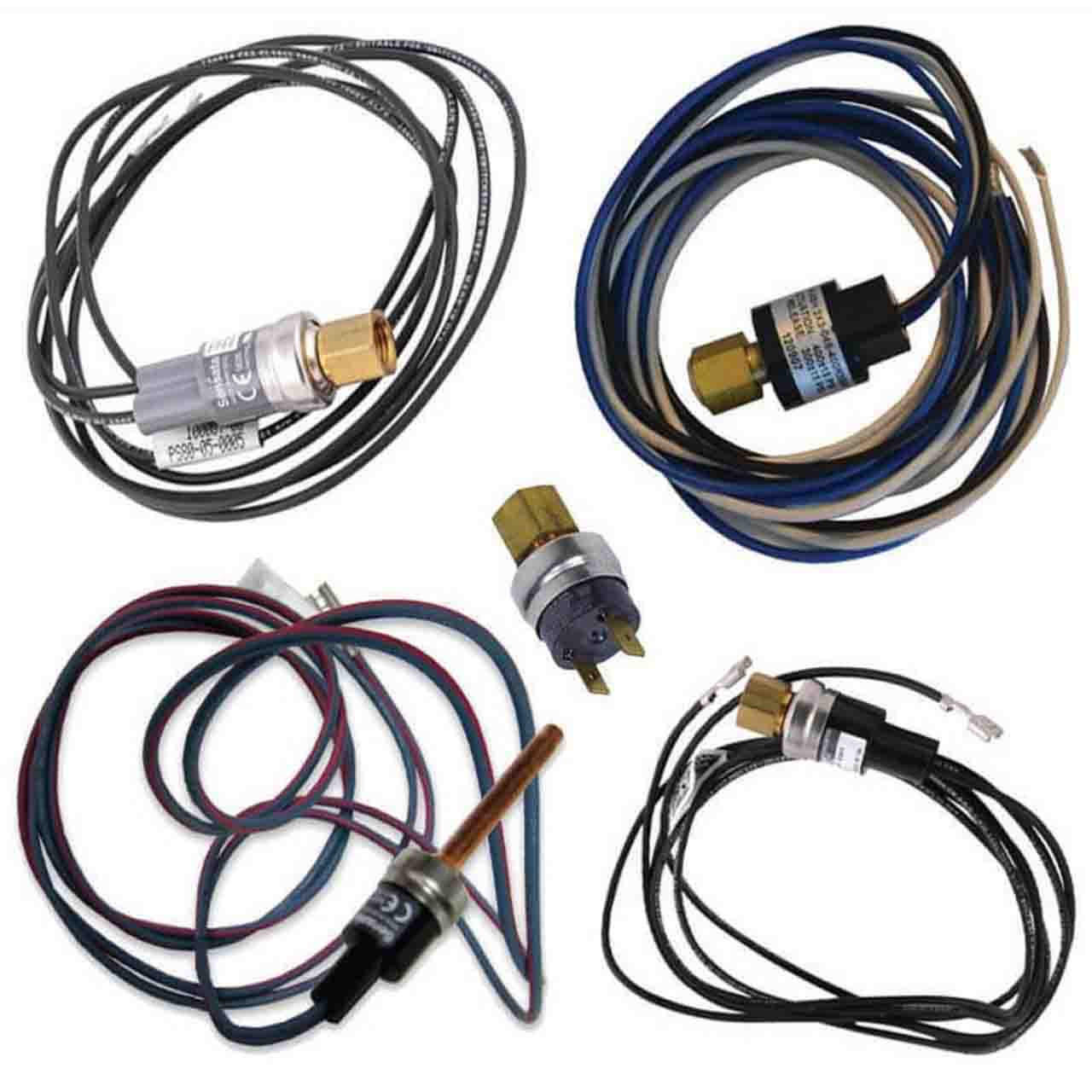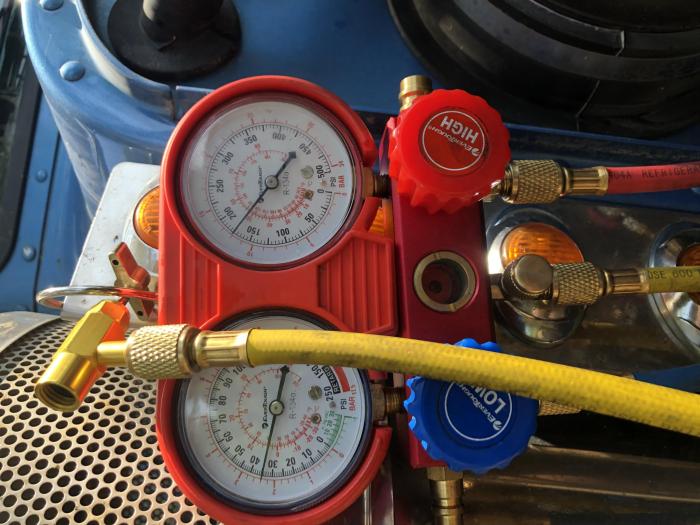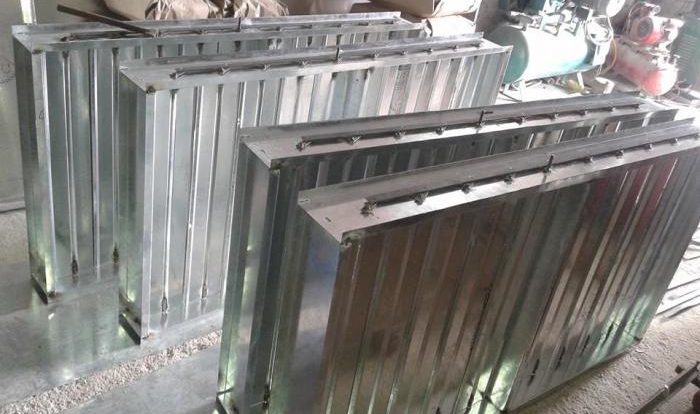R22 high pressure cut out – Welcome to the world of R22 high pressure cut-outs! These essential components play a crucial role in ensuring the safety and efficiency of your air conditioning system. In this comprehensive guide, we’ll delve into the intricacies of R22 high pressure cut-outs, exploring their types, installation, maintenance, and troubleshooting techniques.
So, buckle up and let’s dive right in!
R22 refrigerant, commonly used in older HVAC systems, poses unique challenges that require specialized safety measures. Understanding the proper handling and storage techniques of R22 refrigerant is paramount, and we’ll cover those aspects thoroughly.
R22 High-Pressure Cut-Out Overview

An R22 high-pressure cut-out switch is a safety device used in air conditioning systems to prevent damage caused by excessive pressure buildup in the refrigerant lines. R22, also known as chlorodifluoromethane, was once a widely used refrigerant in HVAC systems, but its use has been phased out due to its ozone-depleting potential.
However, many older systems still utilize R22 refrigerant, making it important to understand the function of the high-pressure cut-out switch in these systems.
The high-pressure cut-out switch monitors the pressure of the refrigerant in the system. If the pressure exceeds a predetermined threshold, the switch will open the electrical circuit, causing the compressor to stop operating. This prevents further pressure buildup and potential damage to the compressor or other components of the system.
Background of R22 Refrigerant
R22 was first developed in the 1930s and became widely used as a refrigerant in air conditioning and refrigeration systems due to its desirable properties, such as its high efficiency and low cost. However, in the late 1980s, concerns about its impact on the ozone layer led to the development of alternative refrigerants with lower ozone-depleting potential.
The Montreal Protocol, an international agreement signed in 1987, mandated the phase-out of R22 and other ozone-depleting substances. As a result, the production and use of R22 has been gradually phased out in many countries, and it is now primarily used in older systems or in developing countries where the transition to alternative refrigerants has been slower.
R22 high pressure cut out is a safety feature designed to protect your air conditioner from damage. This feature shuts off the compressor when the pressure in the system gets too high. This can happen for a variety of reasons, such as a refrigerant leak or a clogged filter.
If your air conditioner is experiencing an r22 high pressure cut out, it’s important to have it checked out by a qualified technician. In some cases, you may be able to fix the problem yourself, such as by cleaning the filter or replacing the refrigerant.
However, if the problem is more serious, you may need to have the compressor replaced. For more information on r22 high pressure cut out, you can visit slaven v. city of salem .
Types of R22 High-Pressure Cut-Outs

R22 high-pressure cut-outs are crucial safety devices that prevent excessive pressure buildup in refrigeration systems. They come in various types, each with its unique advantages and drawbacks.
Mechanical Cut-Outs
Mechanical cut-outs are the simplest and most economical type. They operate using a spring-loaded diaphragm that senses pressure changes. When the pressure exceeds a preset limit, the diaphragm flexes and opens a switch, interrupting the power supply to the compressor.
- Advantages:Low cost, simple design, reliable
- Disadvantages:Less accurate than other types, prone to wear and tear
Electronic Cut-Outs
Electronic cut-outs use electronic sensors to detect pressure changes. They are more accurate and reliable than mechanical cut-outs and can be easily adjusted to different pressure settings.
- Advantages:High accuracy, adjustable settings, compact size
- Disadvantages:More expensive than mechanical cut-outs, potential for electronic failures
Digital Cut-Outs
Digital cut-outs combine the advantages of electronic cut-outs with advanced digital technology. They offer precise pressure monitoring, real-time data logging, and remote control capabilities.
- Advantages:Extremely accurate, customizable settings, advanced features
- Disadvantages:Highest cost, requires specialized knowledge for installation and maintenance
Installation and Maintenance

Installing and maintaining an R22 high-pressure cut-out switch is crucial to ensure the safe and efficient operation of an air conditioning system. Here’s a comprehensive guide to its installation and maintenance.
Installation
Proper installation is essential to ensure optimal performance. Follow these steps:
- Choose a suitable location: Select a location where the cut-out can easily detect high pressure, such as the discharge line near the compressor.
- Mount the cut-out: Securely mount the cut-out using appropriate brackets or straps.
- Connect the wiring: Connect the cut-out’s terminals to the appropriate electrical wires as per the manufacturer’s instructions.
- Test the cut-out: Once installed, test the cut-out by manually activating it and verifying that it trips and resets properly.
Maintenance
Regular maintenance ensures the cut-out functions reliably. Perform the following procedures:
- Inspection: Periodically inspect the cut-out for any signs of damage or corrosion.
- Calibration: If the cut-out trips prematurely or fails to trip at the desired pressure, it may require calibration.
- Replacement: If the cut-out becomes faulty or fails to perform its intended function, it should be replaced.
Troubleshooting Common Issues: R22 High Pressure Cut Out

R22 high-pressure cut-outs are essential safety devices that protect refrigeration systems from excessive pressure buildup. However, like any mechanical component, they can experience issues that may affect their functionality.
Common problems associated with R22 high-pressure cut-outs include:
- False trips
- Premature failures
- Communication errors
Troubleshooting False Trips, R22 high pressure cut out
False trips occur when the cut-out shuts off the system unnecessarily due to a perceived high-pressure condition that doesn’t exist. This can be caused by:
- Faulty pressure sensor
- Electrical noise or interference
- Incorrect calibration
To troubleshoot false trips, check the pressure sensor for proper operation using a diagnostic tool. Inspect the wiring for any loose connections or damage that could introduce electrical noise. Additionally, verify that the cut-out is calibrated correctly according to the manufacturer’s specifications.
Troubleshooting Premature Failures
Premature failures indicate that the cut-out is failing before its expected lifespan. This can be caused by:
- Oversized system
- Frequent pressure cycling
- Extreme operating conditions
To prevent premature failures, ensure that the cut-out is sized appropriately for the system and that it is not subjected to excessive pressure fluctuations. Avoid exposing the cut-out to extreme temperatures or vibration.
Troubleshooting Communication Errors
Communication errors occur when the cut-out fails to communicate with other system components, such as the controller or display. This can be caused by:
- Faulty wiring
- Incorrect communication protocol
- Software glitches
To troubleshoot communication errors, check the wiring connections and ensure that they are secure. Verify that the communication protocol is configured correctly for both the cut-out and the other components. If necessary, update the software to the latest version.
Safety Considerations

Working with R22 high-pressure cut-outs demands utmost caution due to the presence of refrigerant. Mishandling or improper storage can lead to accidents or harm.
Proper Handling and Storage of R22 Refrigerant
* Store refrigerant containers upright in a well-ventilated area.
- Keep away from heat sources, ignition sources, and direct sunlight.
- Avoid contact with skin and eyes. Wear appropriate PPE such as gloves, safety glasses, and a respirator.
- Never smoke or use open flames near refrigerant.
- Ensure proper ventilation when handling refrigerant, as inhalation can cause asphyxiation.
Personal Protective Equipment (PPE) Requirements
* Wear safety glasses or goggles to protect eyes from refrigerant splashes.
- Wear chemical-resistant gloves to prevent skin contact.
- Use a respirator or breathing apparatus to prevent inhalation of refrigerant vapors.
- Wear protective clothing to cover exposed skin.
Key Questions Answered
What are the common types of R22 high pressure cut-outs?
R22 high pressure cut-outs come in three main types: mechanical, electronic, and digital. Each type offers varying levels of accuracy, reliability, and cost.
How do I troubleshoot a faulty R22 high pressure cut-out?
Troubleshooting a faulty R22 high pressure cut-out involves checking for false trips, premature failures, and communication errors. Diagnostic tools and system parameter analysis can help pinpoint the exact issue.
What safety precautions should I take when working with R22 refrigerant?
R22 refrigerant can be hazardous, so proper handling and storage techniques are crucial. Always wear personal protective equipment (PPE) and follow manufacturer guidelines to ensure your safety.
